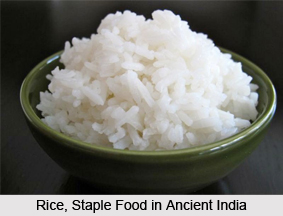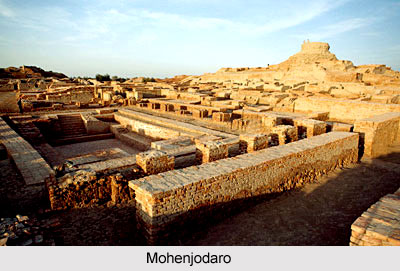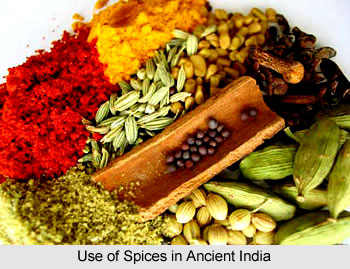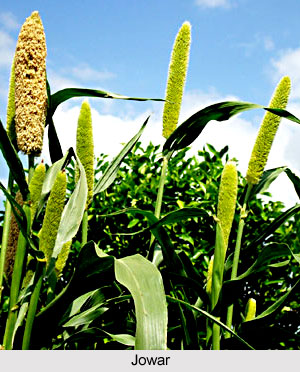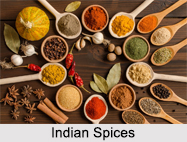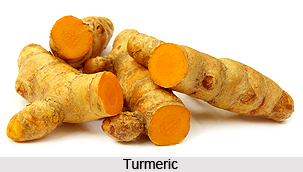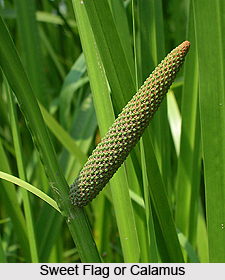 Botanical name:Acorus calamus Linn.
Botanical name:Acorus calamus Linn.
Family name:Araceae.
Indian names are as follows:
Hindi:Bach, Gorabach
Assamese:Themeprii
Bengali:Bach
Gujarati:Gandhilovaj, Godavaj
Kannada:Baje, Bajegida
Kashmiri:Vabi
Malayalam:Vashampe
Marathi:Vekhand, Bariboj, Wach
Punjabi:Bach
Sanskrit:Bhadra, Gulami
Tamil:Vashambu
Telugu:Vadaja Vasa
Urdu:Bacha.
Every classical singer in India usually keeps a piece of Bach in his or her mouth at least an hour before he or she goes for any programme or for regular practice. It is believed that Bach clears the throat and cures any inflammation or infection. This shows the popularity of this herb in India and its effective use.
It is a semi-aquatic perennial herb with a creeping and much branched aromatic rhizome. The rhizome is cylindrical or slightly compressed, about 19 to 25 mm in diameter and about 10 cm long. Externally, it is light brown or pinkish-brown, and is white and spongy within. It is thoroughly washed with water, freed from dirt, and rootlets are removed and then carefully dried at low temperature. It deteriorates with age and is subject to attack of worms. It is this dried rhizome, which constitutes the calamus or sweet flag used as medicine and condiment.
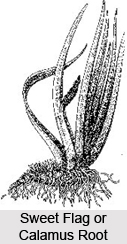 It is found wild or cultivated throughout India and Sri Lanka, ascending ti 1830 meters in the Himalayas. The plant thrives in marshy places and a moist situation, like the edges of lakes and banks of streams. It is plentiful in the marshy tracts of Kashmir, Manipur and Nagaland, besides moist region of Assam, Meghalaya and Bangladesh. It is cultivated in Karnataka and also in Europe and the USA.
It is found wild or cultivated throughout India and Sri Lanka, ascending ti 1830 meters in the Himalayas. The plant thrives in marshy places and a moist situation, like the edges of lakes and banks of streams. It is plentiful in the marshy tracts of Kashmir, Manipur and Nagaland, besides moist region of Assam, Meghalaya and Bangladesh. It is cultivated in Karnataka and also in Europe and the USA.
The dry rhizome on steam distillation, yield 1.5 to 3.5% of a yellow aromatic volatile oil. It has a mellow odor resembling that of patchouli. Prior to charging the steam distillation still, the rhizomes are reduced to the desired size in a suitable disintegrator. Oil from Indian calamus is known for quality.
The rhizome and its oil are used in the manufacture of liquors, essences and bitters. The powdered rhizome possesses insecticidal properties and is useful against bed bugs, moths, lice etc. The greatest use at present appears to be in the perfumery industry, as a component of the finest perfumes.
The medicinal properties of the calamus plant have been known since the earliest dawn of human history. There are references to it in the early Sanskrit and Chinese scriptures. Its medicinal action is attributed to its essential oil content. The roots also contain a glucoside called `acorin`. The oil is reported to cure gastritis and is supposed to promote digestion. The dried rhizome is chewed to get relief from throat congestions. The dried rhizome is a common bazaar medicine and is generally used in the form of infusion. It is an aromatic bitter tonic and carminative.

